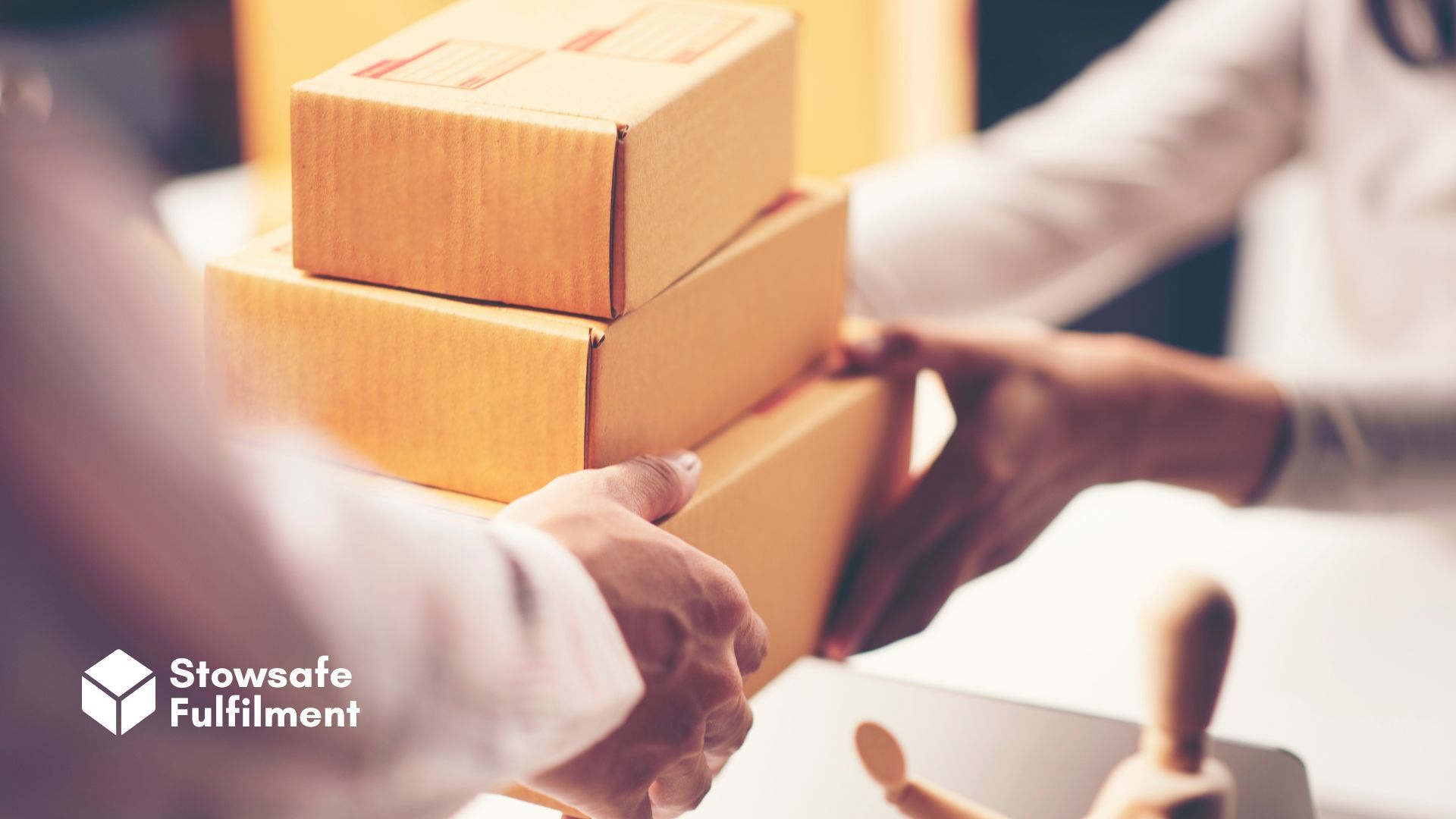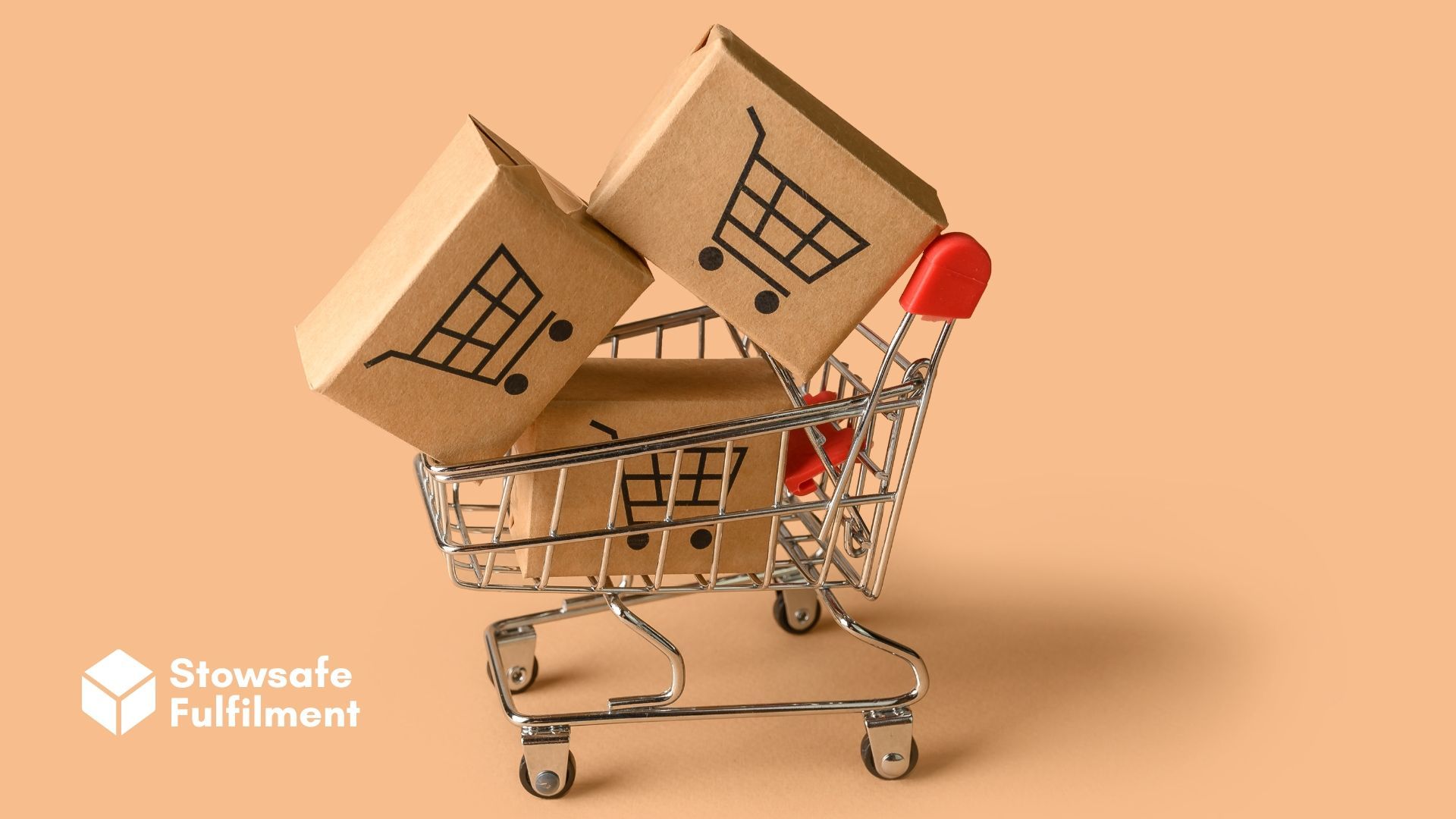B2C or C2G? Brush up on your e-tail basics and read about the 6 different eCommerce business models.

eCommerce, or electronic commerce, is an umbrella term for the transaction of goods and services online. It is also how around one in five sales take place, so it's understandable why it's now the default option for many burgeoning retailers.
eCommerce can be split into six main business models:
- Business-to-consumer (B2C)
- Business-to-business (B2B)
- Business-to-government (B2G or B2A)
- Consumer-to-consumer (C2C)
- Consumer-to-business (C2B)
- Consumer-to-government (C2G or C2A)
Each model will suit individual retailers differently depending on their target markets and what exactly they're selling.
Take a look at our breakdown of the six main types of eCommerce to help you decide which one is most suitable for your online business, considering their features, strengths and potential challenges.
1. Business-to-consumer (B2C)
B2C describes any transaction from a business to a consumer. It's the most common form of eCommerce.
Any time you buy groceries online, order a new item of clothing or renew your Netflix subscription, you are part of a B2C sale.
Companies using the B2C model may also use a direct-to-consumer (D2C) strategy, where they sell their own goods straight to the customer – think Adidas or HelloFresh. On the other hand, they may sell their own products alongside other brands, a la Asos and Amazon.
Offering subscription services can also be a profitable B2C strategy. Spotify is a prime example of this.

A B2C eCommerce model usually involves much lower startup costs, making it an attractive option for smaller independent retailers. These businesses can generally expect to have a fairly high volume of transactions, each with a reasonably short sales cycle.
The downside to B2C, however, is that competition is fierce. Creating a stand-out website and dedicating time to ensure a smooth transaction and delivery process is essential for competing against the big B2C businesses.
2. Business-to-business (B2B)
As its name suggests, B2B eCommerce involves one business selling goods or services to another business. This could be directly to an end user or an organisation that plans on reselling the goods to another customer.
One example of a B2B seller is Salesforce: a software provider that specialises in helping businesses improve sales numbers and increase productivity through a cloud-based CRM service.
Whereas, any wholesale supplier – Infinity Foods, for instance – is an example of a B2B seller whose customers would go on to resell.
Compared to B2C eCommerce, B2C businesses encounter longer sales cycles. However, basket values are generally higher, meaning you need fewer customers to reach the same profits.

Subscription services can also be popular in the B2B market, with companies relying on long-term services or repeat purchases. This can mean that those using this business model are usually able to forecast their expected income quite reliably.
Something to be aware of, however, is that when providing a B2B service, customers often will expect more flexibility on your part compared to some other eCommerce models. You should be prepared to handle increased custom orders and more on-demand customer service.
3. Business-to-government (B2G/B2A)
B2G refers to the sale of goods and services to government organisations or public bodies. Examples include businesses that specialise in data protection software or accounting services.
If you use this business model, you may be invited to a request for proposal (RFP) from the buying agency, where you would pitch your services to compete against others for a contract.

B2G can be a lucrative business as transaction values are generally much higher and repeat business is common. You will, nevertheless, need a niche offering to be considered as a potential supplier and there is often a fair amount of red tape and strict compliance requirements involved.
4. Consumer-to-consumer (C2C)
C2C describes sales between two or more consumers – think pre-loved or restored items.
There are many websites and apps that help regulate and oversee these sales. These sites also come under the umbrella of C2C. Examples include Facebook Marketplace and eBay.

These websites and apps provide listing services and process payments for users. In return, they often charge a seller's fee or earn commission from transactions. They may also generate revenue from advertising.
Running a C2C website certainly has its advantages as you don't have to worry about stock management or supply and demand. However, it can be unpredictable as you are relying on independent users to create the listings and bring traffic to your site.
5. Consumer-to-business (C2B)
eCommerce traditionally begins with a business leading the sale. C2B, however, works in the opposite direction.
Consumers may deal with an end user. For example, they might sell an image to a news site. Alternatively, the business involved could be a reseller, like Shutterstock, which buys images from consumers and then sells them on, typically to other businesses.

In the C2B eCommerce model, businesses may also scout out their supplier, sometimes using platforms like Upwork that allow freelancers to display their services.
Another growing platform that is giving traction to C2B is social media. Businesses may reach out to certain users, offering payment in exchange for content that would expand their brand's reach.
6. Consumer-to-government (C2G/B2A)
Consumers selling products to the government… How does that work?
We understand why you might be perplexed. But bear with us – the naming conventions get a little confused with this one.
The C2G model isn't about government organisations buying products from consumers. It involves online businesses that make it easier for the public to access government services. Thus, these businesses create a link from
consumer
to government.

A C2G business might help people buy licences, purchase services or pay things like gas and electricity bills or income tax.
Make the most of your eCommerce business model
Whichever type of business model you choose, you'll want to ensure your business runs as smoothly and reliably as possible.
Stowsafe Fulfilment guarantees your eCommerce fulfilment logistics are handled promptly and effectively, giving you time and space to grow your business.
We handle stock management, order fulfilment, packaging and delivery in a way that's completely tailored to your needs.
Take a look at our
eCommerce fulfilment services and learn how you can optimise your eCommerce business with our help.
All Rights Reserved | Stowsafe Fulfilment














